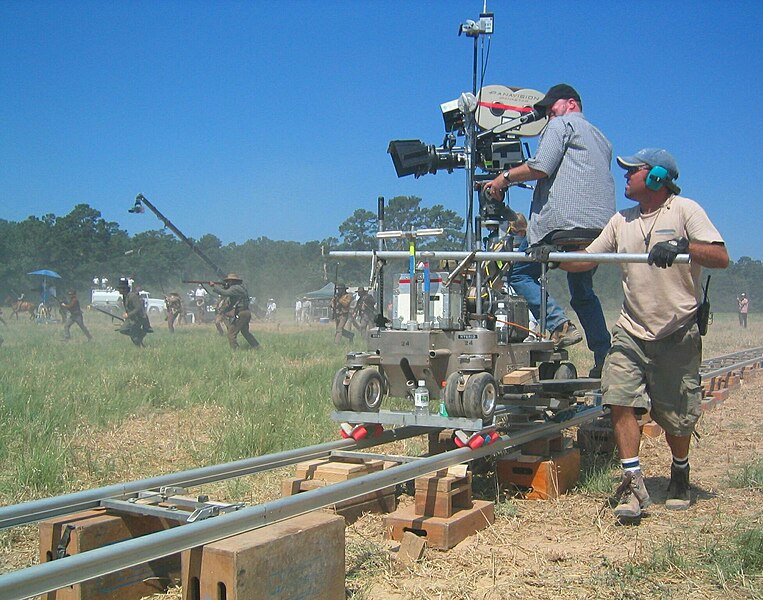Lately in class, we have learned about the movement and aspects of a camera shot and there are 4 particular movements which are; tilt, pan, zoom and track and 4 aspects which are; depth, focus, composition and framing
Tilt
Tilt is when the camera moves up and down from a fixed point/axis

This is a visual of how tilt occurs with the use of an object and it ALWAYS stays at a fixed point/axis.
Pan
A pan is a horizontal camera movement in which the camera moves left and right about a central axis
If you look between 0:09 - 0:14 you will the pan from left to right and again right to left.
Below, there is a visualisation of how panning works. It is again always on a fixed point but around and at the subject.
Zoom
Zooming means altering the length of the lens to give the illusion of moving closer to or further away from the action. Zooming is effectively magnifying a part of the image.

Between the 4:06 - 4:16, there is a frantic zoom where the camera zooms very quickly to the subject/object. But if that was slowed down, that would be a regular zoom. In the right context, you could create tension through zooms like Alfred Hitchcock did.
Track
Tracking means any shot in which the camera follows a subject within the frame. This can be associated with a camera dolly, a wheeled platform that is pushed on rails while the picture is being taken.

From 0:42 - 0:56, the camera is tracking the subject down the abandoned train. And again between 1:03 - 1:10, across the road where they are shooting.
Another video was our preliminary task video and between the times of 0:12 - 0:21 shows us tracking because we follow her footsteps until she begins to sit down.
Depth
Depth is what is between the lense of the camera, the object/subject and the background.
(Left To Right) Depth is here is between the lense of the camera, Ben Affleck's character and the background.
Focus
Determining and creating a sharp or soft image of the/an object/subject.

(Left To Right) The Focus here is very clear as we can the the characters in 'The Great Gatsby' very clearly whereas the background is not visually clear. Terminology wise, we say that it's sharp (clear) and soft (not visually clear). We have another photo which consists of
Composition
Framing
A film frame or video frame is one of the many still images which compose the complete moving picture or the content of whats in the frame







No comments:
Post a Comment